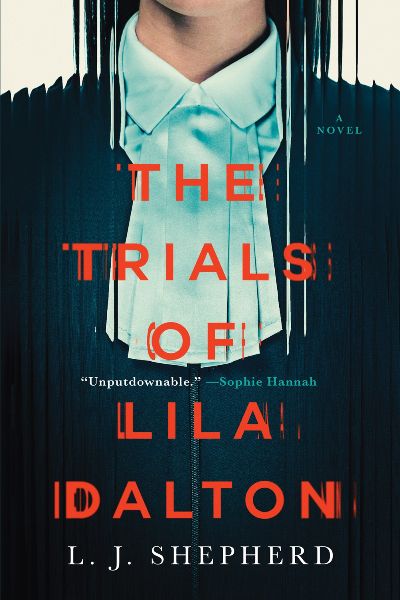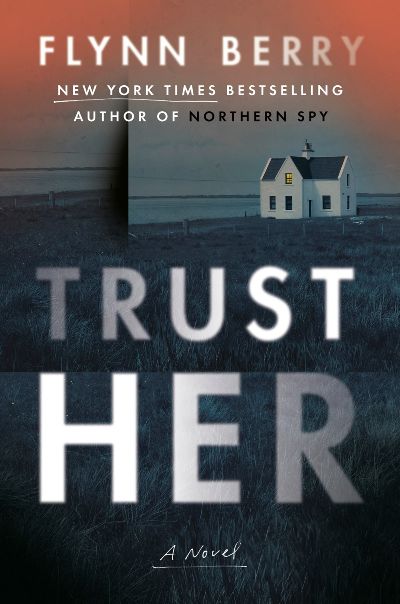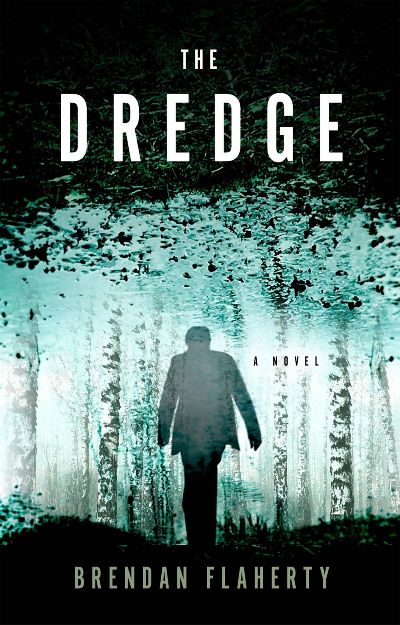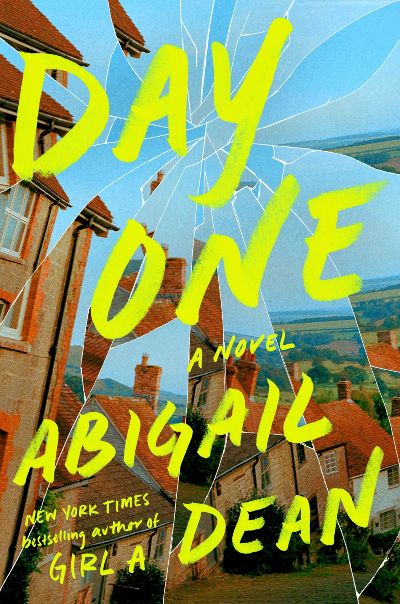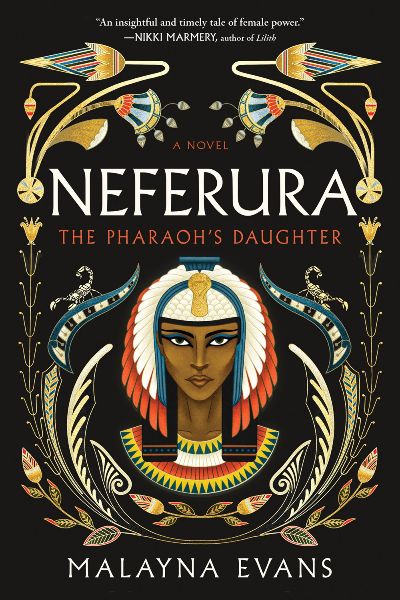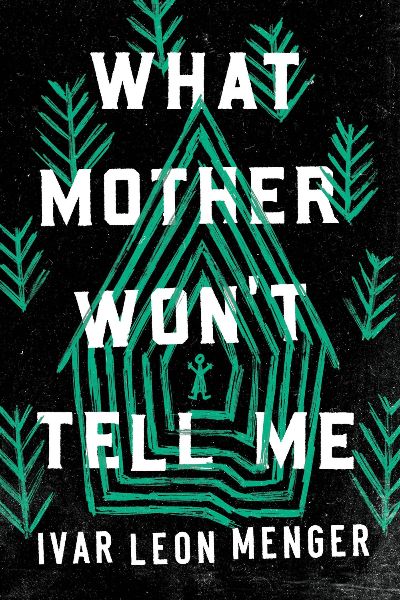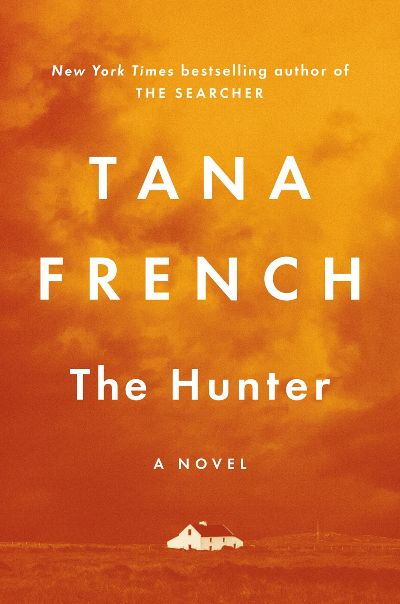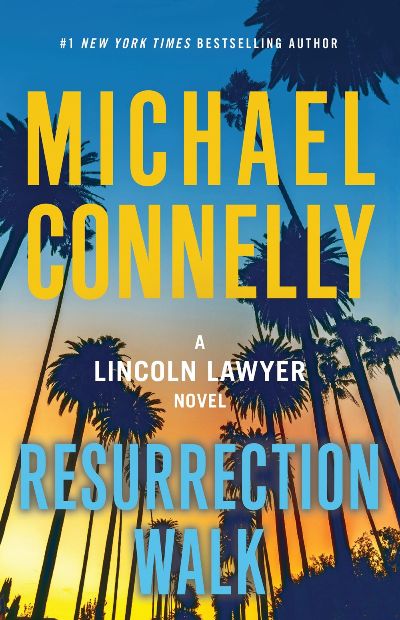This brilliantly disorienting debut takes place on Assumption Island, a cold, rocky British outpost in the north Atlantic. Lila Dalton finds herself in an island courtroom being addressed by an impatient judge who clearly expects her to argue for her client. Lila has no idea how she got to this courtroom, how to be a barrister, what the case is…she doesn’t know anything, including who the stranger in the mirror is. Things take a turn for the (even) worse when she gets anonymous notes telling her that she’d better win acquittal for the murderer she’s representing if she ever wants to see her daughter again (that would be the daughter she didn’t know she had). The various characters working for and against Lila (we’re often unsure which direction a character is leaning, adding to the dark, compelling tale) are well drawn, with each adding complications and drama. Spare but gripping dialog propels the strange story to an appropriately dizzying conclusion. For fans of Hervé Le Tellier’s The Anomaly.
Literary
This sequel to the Northern Ireland-set Northern Spy (2021), in which Tessa Daly desperately searches for her sister, Marion, who has either been kidnapped by the IRA to work for them or is actually a terrorist, finds Tessa hiding in Dublin from the terrorists who want revenge. She’s enjoying a quiet, if lonely, life with her four-year-old son when she’s kidnapped by a gang that includes a childhood friend. He’s now in the IRA and wants Tessa’s help to turn an MI5 agent toward the Republican side. That starts a terrifying ordeal for Tessa, who walks a tightrope between British officialdom and homegrown extremists while keeping her son safe and pursuing a forbidden romance. As in the previous book, Berry portrays a modern Ireland that’s a maelstrom of contradictions, grief for the past and hope for the future, and fear that the country’s core can never really change. But there’s still hope for the Daly family, whose caring and exasperation toward one another makes this local drama into a universal fable of love overcoming all.
“Some families are haunted. The stuff of the past, the traumas and the ghosts—they just go on and on,” thinks Caleb “Cale” Casey, a successful real-estate broker in Hawaii who has been estranged for almost 30 years from his brother Ambrose, who runs a construction company back in their small Connecticut hometown. Both are tormented by a terrible secret that they buried as teenagers in Gibbs Pond. When a real-estate developer announces plans to dredge the pond in preparation for further development, Cale reluctantly returns home. Unbeknownst to the brothers, Lily Rowe, the contractor in charge of the dredging, also suffers from a dark family history, a childhood of abuse and neglect, shared with her troubled sibling Ray, that led to a shocking act of violence. How these well-drawn traumatized characters and their secrets collide in the present day, permanently changing the course of their lives, is the theme of Flaherty’s beautifully written debut. His Connecticut is not the monied suburbia of Rick Moody and John Cheever, but a rural working-class community more reminiscent of Daniel Woodrell’s Ozark mountain towns. After a strong buildup, the conclusion felt a bit anticlimactic. Still, this sad novel about the corrosive effects of family trauma and pain will linger in readers’ minds.
There’s a moment in this story of an English village school shooting when a mother tries to call for her son. “[T]he space left by her inhale was filled with elbows, shoulders, and no words came out,” a description that’s just one of the shivers readers will get from Dean’s unflinching look at horror. But the book’s not really about the shooting itself, though that awful event gets its share of pages. Nor is it about the shooter, though he too gets his due, in a section that readers should know includes a horribly accurate look at a verbally, emotionally, and physically abusive man. Rather, Dean puts her magnifying glass on what happens after, when those who question everything except conspiracy theories move in with their claims that the massacre never happened and the victims never existed. A split-second decision by someone from the small town is later blown up by the right wing and adds interesting shadows to the killer/victims dichotomy. Those who wanted Alex Jones ground to dust will be intrigued by this fuller look behind his kind of rabid cruelty, and fans of Dean’s Girl A and of psychological thrillers are also a great audience for this. A realistic and absorbing look at media gone wrong and the lives it scorches.
With a doctorate in Egyptology, it would have been easy for Malayna Evans to have fallen down the bottomless hole of historical detail. But instead, this is a beautifully balanced novel, rich in the experiences of life in the backstabbing court of Pharaoh Hatshepsut while also focused on the engaging and ultimately tragic life of her daughter, Neferura, princess and high priestess of Kemet. Neferura lives to support the people, but she is often distracted by court machinations, especially those of her misogynistic half-brother, Thutmose, who wants to end her mother’s rule, become Pharaoh, marry Neferura, and produce an heir. Neferura’s interior thinking is powerfully engaging, and setting the novel largely among women, whose struggles to lead are always under scrutiny, is incredibly refreshing. But Neferura’s own story feels nearly revolutionary: to survive, she befriends the wisewoman, a much-tattooed priestess of sorts, who is in touch with a network of women who devote themselves to supporting Neferura, even to the point of risking their own lives. Add to this several standout characters, such as Neferura’s life-long tutor who helps guide her actions, and you have a cadre ready to protest their princess. Powerful and poignant, this is a treat for fans of historical mysteries.
You know those cute programs where kids leave their teddy bear for a library sleepover? This is nothing like that. Instead, staying in the library overnight are student workers who have just completed a tough interview process for the one permanent job on offer in the university’s rare-books department (Jurczyk is mining a setting similar to her 2022 The Department of Rare Books and Special Collections), a toxic workplace if ever there was one. Also attending is non-student Ro, along because he can provide the drug, acid, that will kickstart a ceremony that student Davey has meticulously planned. Davey has invited Ro and five others to re-enact a Greek tradition around the Persephone myth, in which intoxicated pilgrims face either death or the thing they most fear, in order to conquer the fear. The tortured inner voice of narrator Faye, the shyest library employee, is used to wonderful effect by Jurczyk to chronicle a frenzied, terrifying night in a locked room—the library’s basement cage—that starts with a killing. The ending here is a shock, and along the way the author delivers chills that are packed with narcissistic venom and choking claustrophobia. This will be a hit with those who enjoyed Jurczyk’s previous work. If you like myth retellings, try one of the many versions of the Irish Tír na nÓg story, which mirrors elements of the tale of Persephone.
2019 bookends this murder mystery. In that year, student KC, a trans man, is the weary caretaker of a college dorm, picking up after his lazy peers and saving them from their drunken worst selves. The dorm he works in has a rumor-clad oddity: a young female student was killed there years ago, and the true-crime frenzy has made the building a magnet for professional and amateur sleuths. Their work sends us back to just before New Years Eve 1999, where we meet the victim, Karlie Richards. Karlie seems to have it all but, like everyone she meets, has dragged a weight of hopes, loves, and past mistakes to her new life in college. It’s the pre-#MeToo era as Karlie faces what turns out to be her final days, and readers will love to hate the professor who has a way too close relationship to his female students, and long to jump into the pages to warn the young women away. But there’s nothing we can do as Karlie’s doomed world comes to life and Pearson skillfully introduces several more characters who could have killed Karlie and more reasons why they would have done so. The divergent lives of the haves and have nots in college towns, and the experiences of evangelical students taking their first foray into a more secular world, are starkly painted in this dark debut novel by an author to watch.
This debut novel should come with blood-pressure pills. The tension at first comes from strangeness: Mother; Father; their daughter, Juno; and son, Boy live a harsh, homesteading life alone on an island. Is it the present day? What part of the world are they in? Is the mortal danger from outsiders that the parents warn about real? The timing element is all that’s clear for a good portion of the book: it’s the current day, but apart from visits from the mailman who comes from the mainland, during which Juno and Boy must hide from view, the rest is unknown. Bit by bit, teen Juno’s desire for freedom and her determination to find out more about their situation despite her sinister, violent parents’ “seven commandments” (including “We must always kill quickly and painlessly”) ramp up the fear to a terrifying do-or-die scene. Readers will be rapt as they race to the end to find out who survives this nightmare that’s effectively mixed with a fairytale motif echoing one of Juno’s favorite stories. Menger’s previous work is in film, TV, and audiobooks: try his Audible Originals Monster 1983 and Ghostbox while you wait for this gripping thriller.
French made her name in crime fiction by exploring the underbelly of Irish life in her Dublin Murder Squad series, which blew the lid off any leprechauns in the mist-type views of Ireland. Here the little people are dragged back out, but for good reason: the locals in the west of Ireland mountain village of Ardnakelty lay the superstitions and rural naivete on thick when an Englishman comes to town and promises to make them rich. Meanwhile, their real game is, as the book says in a different context, “offensive and defensive weapons as well as broad-spectrum precautionary measures” (I’m from an Irish mountain area myself and French has us pinned to a board like a butterfly). Playing up the stereotypes is working great, with the Englishman, Mr. Rushborough, lapping up stories of his sainted ancestors while the locals plan to scam him. Come to find out, it’s not a one-sided game. There are three great characters here: Johnny Reddy, a local huckster who left his family for London and is now back expecting a hero’s welcome, with Rushborough in tow; Trey, his daughter, who has started to make an honest name for herself as a talented carpenter, and who is seething with rage against her father and the world; and Cal Hooper, a former Chicago cop who’s lived in Ardnakelty for a few years and is having none of Johnny’s bluster. French fans will love reacquainting themselves with these characters, whom they met in The Searcher (2020); newcomers to the author or this series will be glad they tried this emotional saga.
Connelly’s stellar effort, which brings together defense attorney Mickey Haller, the Lincoln Lawyer; and retired LAPD Detective Harry Bosch, explores a case of an incarcerated woman claiming innocence. She was coerced into a no-contest plea of a lesser sentence of manslaughter by her sleazy attorney, who told her if she didn’t agree to this deal, she would face life in prison for killing her sheriff’s-deputy husband. Every attempt by Haller and Bosch to find answers is met with either disdain or tainted evidence and testimonies. Connelly is a master of taking a straightforward case and compellingly revealing the details while throwing in a few twists and turns. Laws are questioned and Bosch and Haller soon determine they are David and this Goliath is too strong for them. Whether you are a fan of the books or the Netflix and Amazon Prime series, this latest entry is another gripping winner from the master of crime fiction, and with the great popularity of the TV series, expect huge interest in this title.

